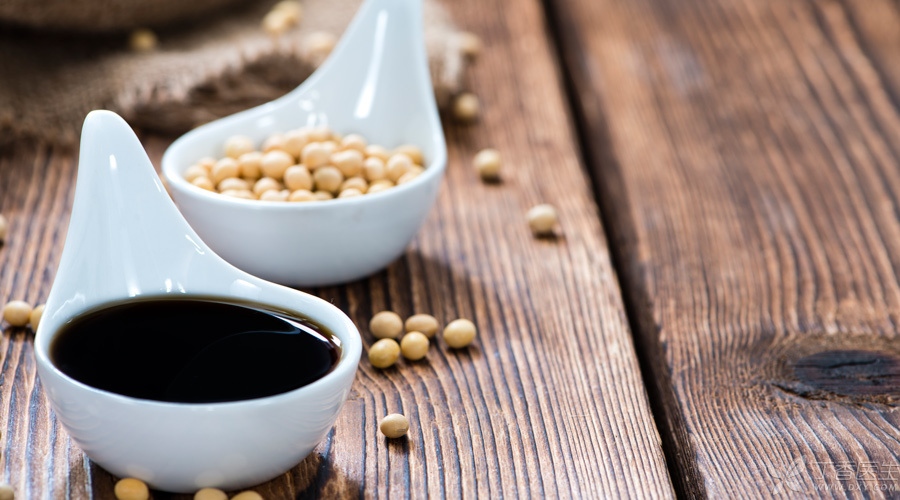
All kinds of salty sauces are probably the most common seasonings in ordinary kitchens.
Soy sauce alone has not only traditional classifications such as raw soy sauce, old soy sauce and head soy sauce, but also repugnant nouns such as [chemical soy sauce] [blended soy sauce].
In addition, oyster sauce, fish sauce, juice, etc., which used to be popular only in some areas, are dazzling.
Today, Dr. Clove will talk to you about how they are all made.
Soy sauce
In the traditional process, the main raw materials for making soy sauce are soybean, wheat and salt. Now, soybean meal, wheat bran or other raw materials are also used.
These raw materials are heated at high temperature, killing microorganisms in them, and the molecular structure of protein and starch has also changed, making them easy to be utilized by microorganisms.
Then add [koji] and mix it well. At an appropriate temperature, Aspergillus oryzae in [koji] grows and proliferates, secretes various enzymes, hydrolyzes protein into polypeptides and amino acids, and produces rich delicate flavor. Amylase hydrolyzes starch into sugar, producing sweet taste. [koji] may also have some lactic acid bacteria and yeast, which ferment to produce a small amount of alcohol and lactic acid.
Sugar, amino acid, lactic acid, alcohol and other fermented molecules undergo complex chemical reactions to form rich fragrance and color of soy sauce. The soy sauce is obtained by separating these fermented liquids.
Seeing here, some friends may have doubts. We usually see many kinds of soy sauce. The common ones are [raw soy sauce] [old soy sauce]. Are they different?
Of course there is.
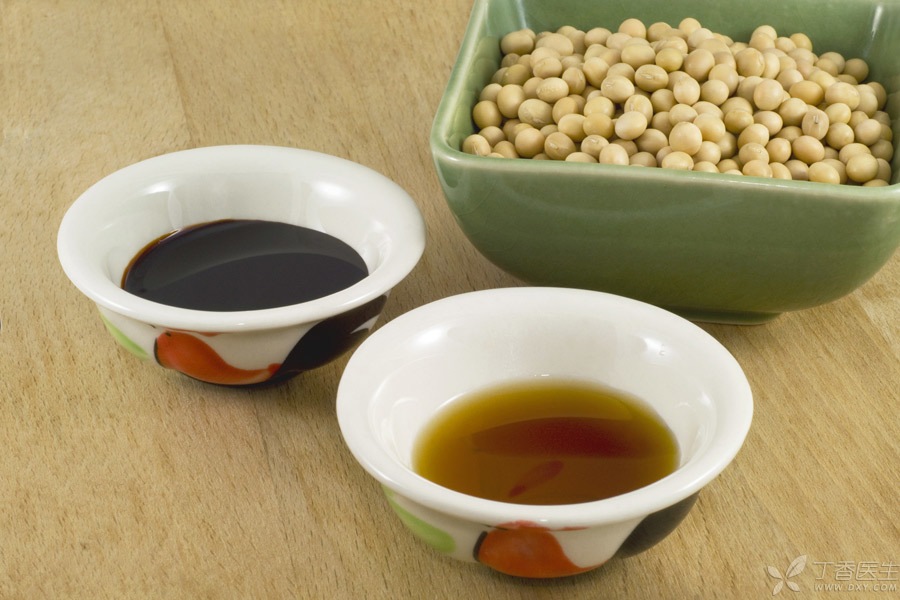
[Raw soy sauce] is soy sauce that directly separates the fermented liquid and does not add other components. It is lighter in color, more salty and obvious in delicate flavor. The so-called [raw extraction flavor] is the reason.
If [raw soy sauce] is further processed, for example, caramel color, molasses and other additives are added, and even fermented, the soy sauce obtained is darker in color, thicker than raw soy sauce, lighter in delicate flavor than raw soy sauce, but obvious in sauce flavor, which is called [old soy sauce].
So, is that what we heard again?
[Head smoke] is a kind of raw smoke. During the whole fermentation process of a batch of raw materials, soy sauce will be extracted several times. The first extraction is called [Head smoke], and the corresponding second and third extraction is called [Two Smokes] [Three Smokes].
This fermented soy sauce is called [brewed soy sauce]. Correspondingly, there is [prepared soy sauce].
Since the core of soy sauce production is protein fermentation hydrolysis, in modern food industry, soybean protein can be directly hydrolyzed to obtain polypeptide and amino acid, and then granulated sugar, refined salt, monosodium glutamate, yeast extract and taste nucleotide can be added to obtain [prepared soy sauce].
The goal of preparing soy sauce is to simulate the flavor of brewed soy sauce-of course, the degree of similarity depends on the formula strength of the manufacturer. They are also safe and legal products, but different from the traditional technology, some media have dubbed them “blended soy sauce” [chemical soy sauce] and other names that arouse consumer resentment, which is really wrong.
Oyster sauce
The traditional oyster sauce is a thick liquid with dark brown and rich fragrance obtained by slowly boiling oysters (i.e. Oysters) in salt water. It is not hard to imagine that the oyster sauce produced in this way is very expensive and cannot be affordable or willing to be borne by the general public.
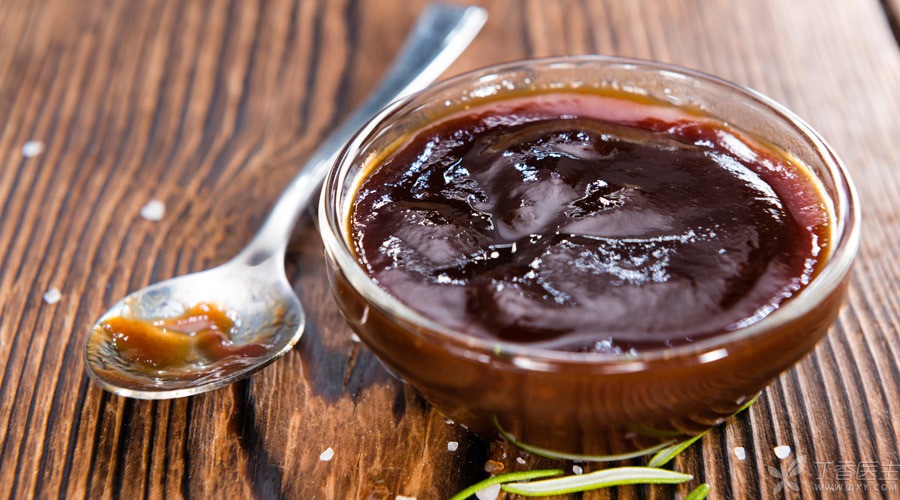
Oyster sauce on the market should be called “oyster sauce” more accurately.
If we look at the ingredient list of oyster sauce, we will find that ordinary oyster sauce contains only a small part of oyster juice to produce [oyster sauce flavor], and then add other ingredients to obtain the color, taste and delicate flavor similar to traditional oyster sauce.
In the production of oyster sauce, the added ingredients include sugar that produces sweet taste, sodium glutamate that produces delicate taste (that is, the main ingredient of monosodium glutamate), and dark brown caramel color, while the viscosity of oyster sauce depends on starch.
This kind of [oyster sauce] can be made at an acceptable cost to the public, and only then can it be put on the table of the general public.
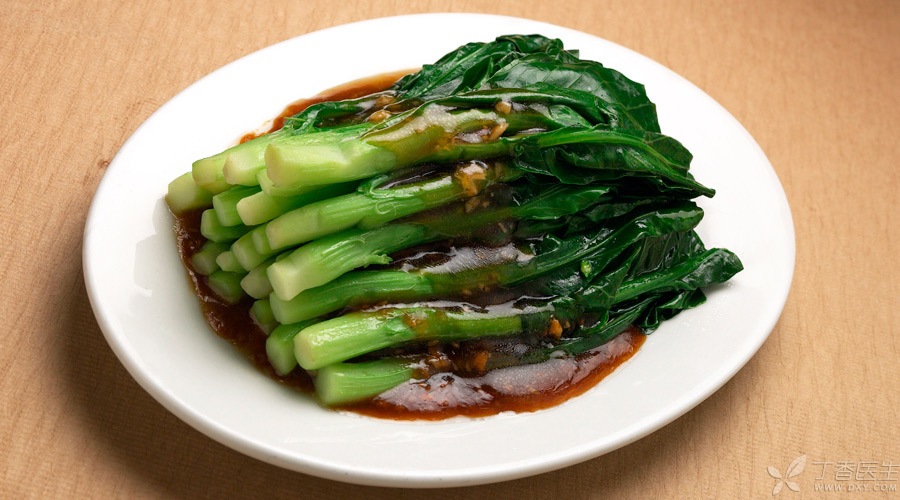
At present, there is also [vegetarian oyster sauce], even oyster juice is not used, but mushrooms are used instead to produce delicate flavor.
Fish sauce
Fish sauce is also called [fish soy sauce] or [shrimp sauce]. In chemical principle, it is similar to soy sauce. The core is to hydrolyze protein into small molecules through fermentation.
The raw materials of fish sauce are some small fish and shrimps that are inconvenient to eat, or [leftovers] from aquatic products processing. Salt is added for natural fermentation.
Because fish’s viscera contain protease, some also add viscera to help hydrolyze. In other fermentation processes, [koji] is added like soy sauce fermentation, and Aspergillus is used to help fermentation.
After fermentation, the protein in the raw materials is hydrolyzed into polypeptides and amino acids, thus becoming a delicious sauce.
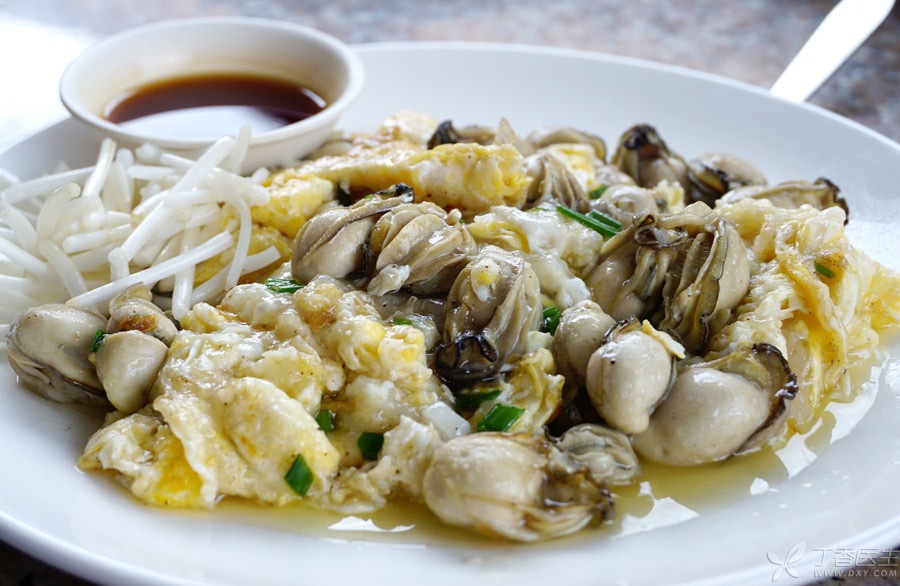
(pronunciation: pick up) juice
The first three kinds of sauces just introduced to you are all native products of China, while the juice originated from Britain.
More often than not, it is called “spicy soy sauce”, in addition to “spicy vinegar soy sauce” [British black vinegar] or “Worcestershire sauce” (transliteration of English [Worcestershire sauce]).
There are dozens of ingredients in the juice, mainly vinegar, sugar, molasses, salt, onion, garlic and other seasonings and spices, which are obtained by heating, boiling and filtering.
Juice is common in Guangzhou and Hong Kong and is often used as a seasoning for Cantonese snacks. For example, it is very delicious when matched with snacks such as spring rolls and mangosteen beef balls.
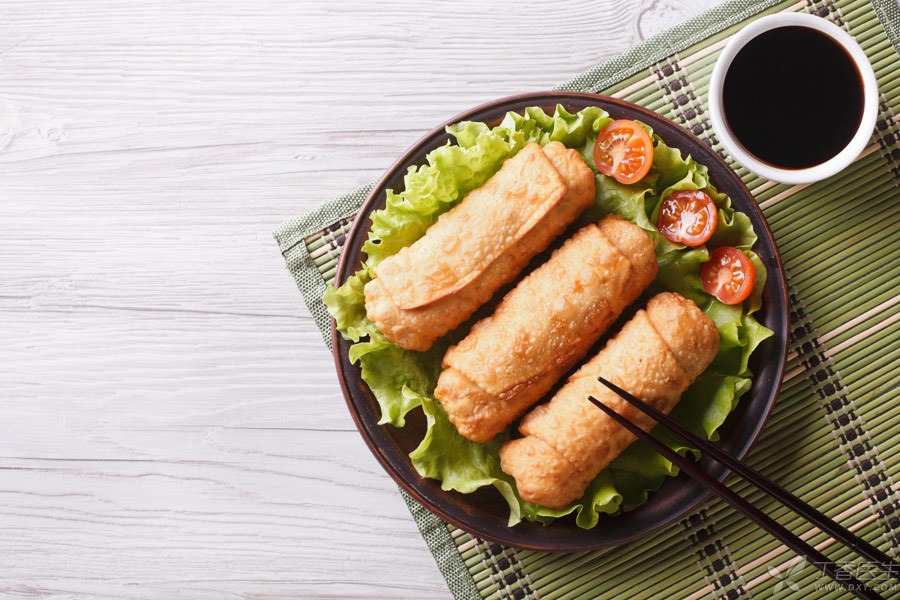
Are these sauces nutritious?
The marketing of these products all like to claim how rich they are in nutrition and contain [XX amino acids] and so on.
If we evaluate it per 100g, there are some considerable points. However, our demand for nutrition is not [whether] or [how many kinds], but [how many].
These sauces are just seasonings, and you can’t eat many grams even if you like them. It is no more valuable to talk about how much nutrition there is than [there are several ways to write back words].
Seasonings are seasonings-seasonings that can make food have a good taste are good seasonings. Don’t let them be mixed with nutritional matters.
Is this sauce healthy?
The standard nutritionist’s answer is [they all contain a lot of salt, eat less]. However, I am not a nutritionist and do not think this answer is appropriate. These sauces do contain a lot of salt, but in actual cooking seasoning, we are concerned about what kind of flavor the food is mixed into, not how much seasoning is put.
[Salty] is one of the basic flavors, Everyone has an expectation for the salinity of food-lower than that expectation will feel [light] and higher than that expectation will feel [salty]. In order to meet that expectation, salt, sauce, monosodium glutamate and pickles can be added… However, if one is added, one must put less of that, otherwise one will exceed the expectation and feel salty.
In other words, whether a seasoning will cause excessive salt intake depends not on its salt content, but on its salinity at the same salt content. If a seasoning produces high salinity at the same salt content, then whether its salt content is high or low, it will help reduce salt intake in the overall diet.
These sauces all contain quite a lot of delicate flavor substances, which can produce [synergistic effect] with salt-that is, when reaching the same salinity, less salt is actually needed.
Therefore, reasonable use of these sauces can even help reduce salt intake on the premise of satisfying the same taste.

How should I eat this sauce?
The simple and crude answer is: eat as you like.
I think it tastes good in what food, which is the standard answer to [how to use it].
However, Dr. Clove still needs to remind everyone that when salty sauce is added, less salt should be added to avoid excessive sodium intake.
Moreover, for friends with heavy taste, they should take the initiative to gradually reduce the intake of salt and salty sauce, and reasonably use salt-free seasonings to increase freshness and flavor. Excessive intake of sodium salt may lead to stroke, coronary heart disease, osteoporosis, kidney stones and even gastric cancer.
How Reduces Sodium Intake? Click: how Eats Less Salt? These practical skills to know!
